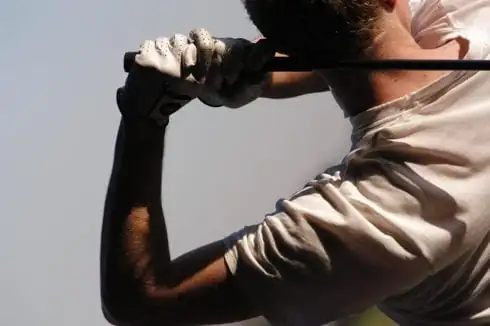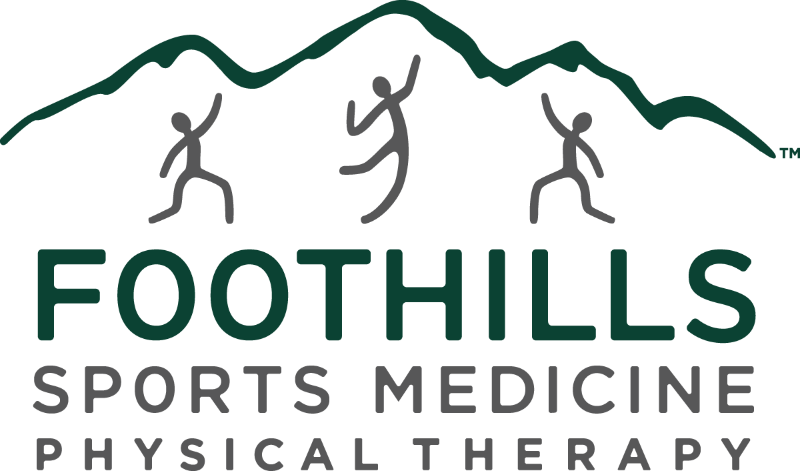The city of Scottsdale is gearing up for the Waste Management Open, where hundreds of thousands of golf fans will watch golf pros like Bubba Watson, Rory Sabbatini, Stewart Cink and hometown favorite Jonn Rahm. The premier Arizona golf event of the year runs from February 1 to 7.
Our own Scottsdale physical therapy experts are here to help you just in time for the event with advice on how to avoid injury and improve your game.
When swinging a club, you are using muscles throughout your entire body, from your legs to your wrists. Experts say that the high-torque and high lateral bending movement of swinging the club puts an exceptional strain on your lower back and elbows.
By far the most common injury among golfers is a strain on the lower back, according to Arizona sports medicine specialists. The modern golf swing can cause angular displacement of the spine, leading to pain and discomfort. Sports medicine experts say it is paramount that after an event causing acute pain in the lower back that you focus on your flexibility and strength.
Studies also advise you to warm up before beginning around and also taking a gradual “cool down” time after to minimize the risk of injury.
Another common injury is medial epicondylitis, also known as the “golfer’s elbow”, which occurs in the common flexor tendon that is connected to muscles attached to your wrist. The repeated overuse of your golfing arm can cause irritation and pain that spreads from the wrist down to the forearm. According to a study, women golfers are more likely to develop this injury than their male counterparts.
In many cases, a golfer’s elbow requires intensive rehabilitation and in some severe cases, surgery. Fortunately, Foothills Sports Medicine Physical Therapy offers rehabilitation for this specific injury. If treated properly, a golfer’s elbow can be brought back to full use.
Tendonitis in the wrists is also common among golfers, due to excessive strain on the wrist movement on a backswing. Having too “strong” a grip position, in which the hands are rotated clockwise on the club handle, may increase the chances of wrist tendinitis, according to a study by the NYU Langone Medical Center. Adjusting golf grips can help reduce the risk of developing tendonitis.
While wrist tendonitis can develop over time, it can also occur with sudden stress on the tendons occurs after a long period of inactivity. Experts say ignoring the pain of wrist tendonitis is dangerous and can result in serious problems if left untreated. Sports medicine experts recommend dry needling and stretches with a licensed and certified physical therapist to heal wrist tendonitis and help improve range of movement and reduce pain.
Our physical therapy experts at Foothills Sports Medicine Physical Therapy know how to help get you back in the game. If you have questions about a chronic wrist, lower back or elbow injury and want advice on how to manage the pain, make an appointment today for your physical therapy consultation! To learn more about Arizona sports medicine at Foothills Sports Medicine Physical Therapy, and what our certified Scottsdale physical therapy experts can do for you, check out the Foothills blog.
Scottsdale Physical Therapy Tips for Golf




